Bringing the Farm to Your Backyard
Development Supported Agriculture is a growing trend in the housing world, and one subdivision is taking it mainstream
:focal(251x324:252x325)/https://tf-cmsv2-smithsonianmag-media.s3.amazonaws.com/filer/2b/3f/2b3fb743-e463-48bc-9260-a6d50e7598b9/barn.jpg)
Americans have been attracted to the schools, parks, yards and square footage of suburbia for decades. Then, there are the added perks of some housing developments—community pools, fitness centers, playgrounds and tennis courts, to name a few. But the biggest draw in the future might be a communal farm.
A new fad in the housing world is a concept called Development Supported Agriculture (DSA), or more broadly, “agrihoods.” DSA is the child of Community Supported Agriculture (CSA), in which consumers pledge money or resources to support a farm operation, and in turn, receive a share of what it produces, but take the concept one step further by integrating the farm within residential developments. Instead of paying for access to a golf course or tennis courts, residents pay to be a part of a working farm—helping with the growing process and reaping the crops it produces.
While the CSA movement, which began on two properties in the United States during the 1980s, boasts thousands of farms today, DSA is just beginning to grow in popularity, with about 200 neighborhoods buying in to the concept.
One of the first developments to create a working farm was Prairie Crossing in Grayslake, Illinois, about one hour north of Chicago. A few neighbors wanting to preserve land in the late 1980s founded the community. Today, Prairie Crossing has about 359 single-family homes. But one of the newest, Willowsford in Ashburn, Virginia, is aiming much higher, hoping to fill 2,200 homes.
About 40 minutes outside of Washington, D.C., Willowsford is at the edge of Virginia’s horse and farm country, where the booming housing market surrounding the nation’s capital is gobbling up open spaces. Developers conserved some 2,000 acres, 300 of which are farmland. Eventually, the community will be divided into four villages, each with a designated farm. A rather idyllic setting, Willowsford is thoughtfully planned to include homes in the southern style typical of Virginia’s Loudoun County, all with easy access to pick-your-own strawberries and a quaint farm stand, chock full of cucumbers, heirloom tomatoes, cartons of okra and string beans, and baked goods.
Back to Our Roots, Literally
The United States was built on farming. At the beginning of the 20th century, farms employed about half the population. By the late 1990s, however, that number fell to less than 2 percent. The dramatic change was part of a larger transformation in American agriculture during this time, when the number of farms decreased by 63 percent but the average size of those that remained grew by about two thirds. At the same time, industrialization and technology disconnected much of the population from farms completely. Today, the closest the average American gets to a farm is the produce section of a grocery store, and much of the fruits and vegetables there are far from the farm where they were grown. The average journey for a Caesar salad from farm to storefront is 1,500 miles—about the same distance from New York City to Dallas.
Yet many consumers are growing more curious about where exactly the food they eat is coming from. And in some cases, people want to once again be connected to that source. The number of farmers markets in the U.S. has grown by 67 percent since 2008, and local food has been at the top of the National Restaurant Association’s Top 10 Consumer Trends list since 2009. In May, the United States Department of Agriculture made an investment of $78 million in local and regional food systems.
The DSA Concept
Now, residential developments are catching on to the trend—not only because consumer demand is there, but also because in many cases, DSAs require less of an investment than other green space communities—for instance, communities planned around golf courses. Some 16,000 golf communities have been built in the past few decades because “[developers] figured out they could charge a lot premium [of] anywhere from 15 to 25 percent,” says Ed McMahon, the Charles E. Fraser chair on sustainable development and environmental policy at the D.C.-based Urban Land Institute. “But ironically what we have come to learn over time is the vast majority of buyers in a golf course development actually don’t play golf.”
“What does it cost to leave the open space alone in the first place? Almost nothing,” says McMahon. “A light bulb went off in the mind of savvy developers who said ‘Jeez, I can build a golf course development without the golf course.’ So that led to designing communities around other green-space amenities such as a farm.”
Through DSA agreements, the developing company provides the infrastructure for the farm, which costs about one-fifth of what it takes to build a golf course and significantly less to maintain. In return, the designated farmer sells farm products to residents and the community.
Willowsford’s Vision
In small-scale DSA communities, residents are “people who have already bought into this notion with very similar minded people,” says Laura Cole, vice president of marketing at Willowsford. “We hope to introduce a project like this in a more mainstream environment. That when this is fully built, more and more people start using the farm and outdoor activities.” Besides the farm, Willowsford has about 45 miles of walking trails, a lake and multiple community centers each with a kitchen for educational programs.
Since this concept has never before been built on such a scale, “We are taking it slow,” says Mike Snow, director of farm operations at Willowsford. “We are taking on a field at a time. We started where the community started with the first field. Last year, we took on the second, and this year, we are going to start preparing for the third.” Once finished, Willowsford’s four farms will be fully incorporated into their villages.
“Other places where they have done this they may have the farm a little further away, but what is great about the design of this community is that the farm is really integrated,” says Cole. The farms are designed to be walkable from the homes.
“We are in a unique position because the farm is in the neighborhood. Their backyard is directly affected by what the farm does,” says Snow. “This year, we will be planting seven to eight acres, and we manage about 30 total. We try to cover crop and rest about half of our acreage.” Willowsford farms organically and, therefore, uses no synthetic fertilizers or pesticides. They grow a variety of fruits and vegetables, raise turkeys and chickens, and produce honey. As the operation grows, the farm staff is looking to take on more crops and animals, such as cattle and sheep.
In the Virginia neighborhood, people can opt into a weekly CSA share—a package of produce that generally costs a bit more than organic fruits and vegetables purchased from a grocery store. CSA package pickup happens at the farm stand, which is open three times a week. Residents do not have to be a part of the CSA to purchase farm products at the stand. Right now, about one-third of the community is occupied, and about 35 to 40 percent of the CSA program is made up of residents.
Willowsford has taken the farm-development relationship to a new level by offering educational programming through its Home Owner’s Association (HOA). “For the farm to work effectively, we want people to know how to cook fresh vegetables,” says Snow. “Something that surprised me is how important the soft programming is. You can grow great food. You can put together a great market, and people will come. But it’s that additional element, the education and connecting people that has been really rewarding.” Willowsford has a culinary education program designed by Chef Bonnie Moore, former sous chef at Virginia’s renowned Inn at Little Washington. “Each week you will get a paper about what is in your CSA package, and Bonnie or Mike may talk a little from the standpoint of where the food came from, some history behind it and how to prepare it,” says Cole.
The residents can also get their hands dirty. There is not a work share at Willowsford, but residents can volunteer each week at a designated time set by the farm staff called Happy Gardening Hour. Farmers and residents come together for weekly garden cleanup, herb clipping and berry picking. The farmers ultimately decide what is grown, but because they engage with their consumers directly, if there is certain crop that the residents want, they can often provide it.
Aside from the convenience of having food at your doorstep, participating in agricultural programming, especially for children, has been proven to encourage healthier lifestyles and diets. “Research that occurred up at Tufts University found that children who engaged in garden-based learning were more likely to eat fruits and vegetables beyond what they got out in the garden. So we know that exposure to agriculture can have a healthy impact on the diet,” says Kathleen Merrigan, former deputy secretary of the USDA and current executive director of the Sustainability Institute at George Washington University. “Getting the 99 percent of people who are totally disconnected from how their food is produced, where it is produced and by whom it is produced, reconnected to food production has a lot of benefits.”
Appealing to Millennials
The largest demographic of those trying to reconnect with the farm is Millennials, those born from the 1980s to the 2000s who ironically grew up farthest from the farm. As the average age of farmers continues to rise, it is this generation that is stepping in to fill the gaps. “Why do college-educated folks and those that have picked other careers, why are they coming back to the farm? What are they getting out of it? That part of it in and of itself is super interesting,” says Cole.
DSA offers a feasible entry point into farming for these passionate, young growers. “A lot of us didn’t grow up farming in rural areas. Land access is really hard,” says Snow, 36. “The opportunity here for a farmer is ‘I get a piece of land. I get to do my business with support. I have a ready market, and in this case, they [residents] are capitalizing the farm.’”
It is safe to say that DSA will continue to grow as Millennials become more active in the housing market. Houses in Prairie Crossing in Illinois cost upwards of about $300,000. The homes in Willowsford start in the upper $500,000s, a list price comparable to new construction in other subdivisions in the area, and residents pay a homeowners association fee, which covers the maintenance of many of the community’s lake, pools, recreation centers, trails and camping areas, as well as other amenities, like the culinary program.
“The idea of bringing food into the heart of the development is going to be much more,” says McMahon. “Today, it is sort of a novelty, but I think it is going to be far more commonplace in the future.”
/https://tf-cmsv2-smithsonianmag-media.s3.amazonaws.com/accounts/headshot/shaylyn-headshot.jpg)
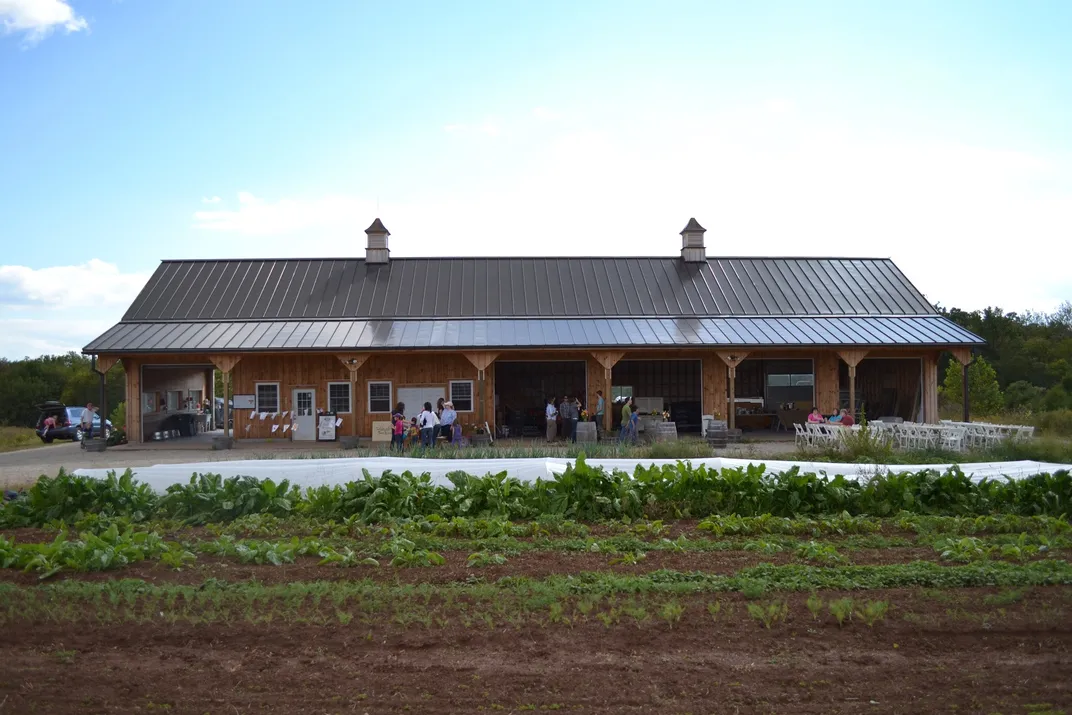
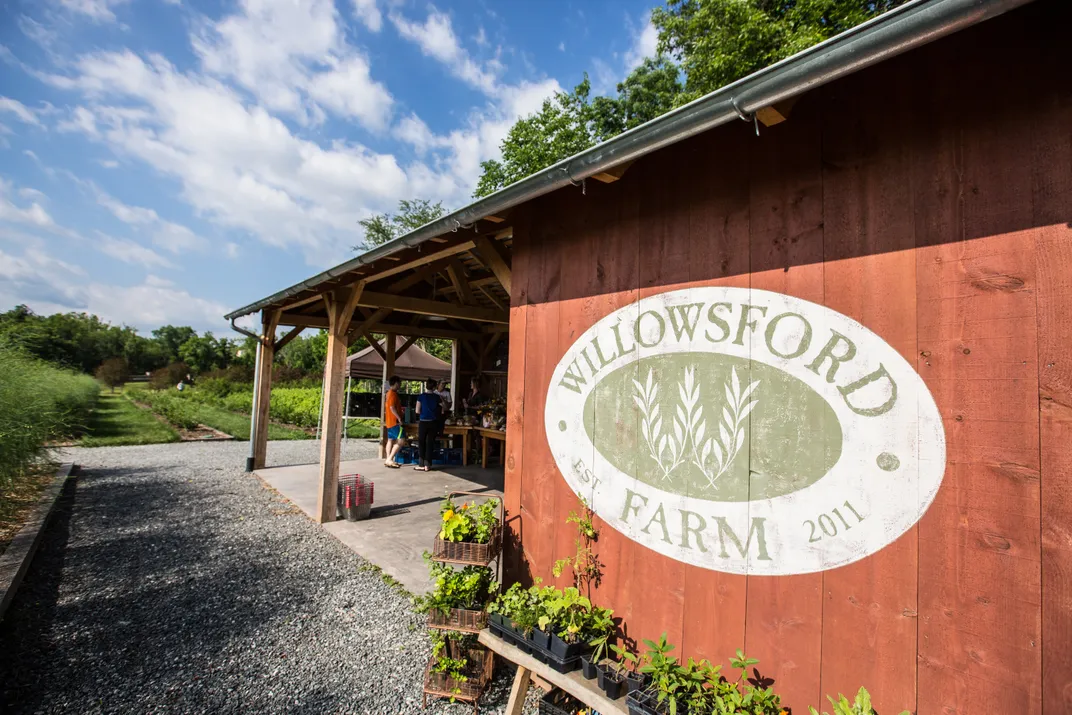

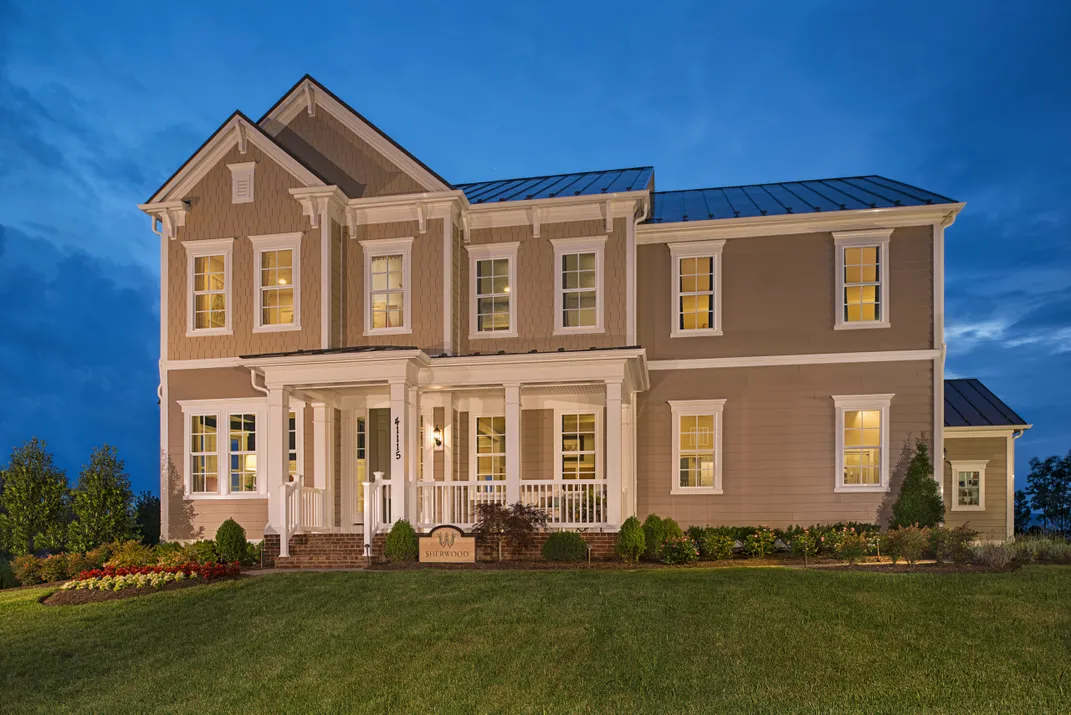
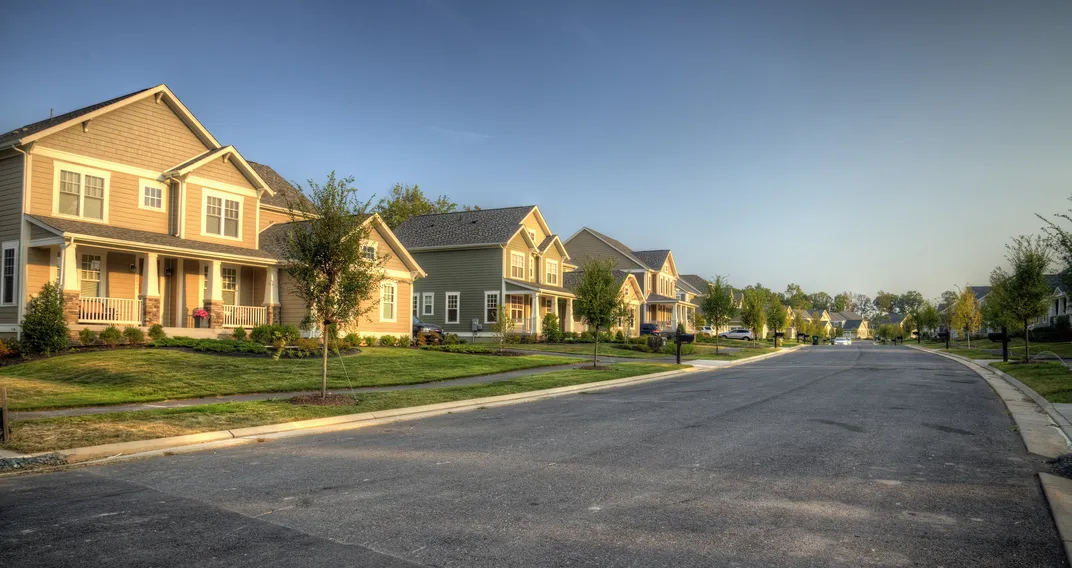
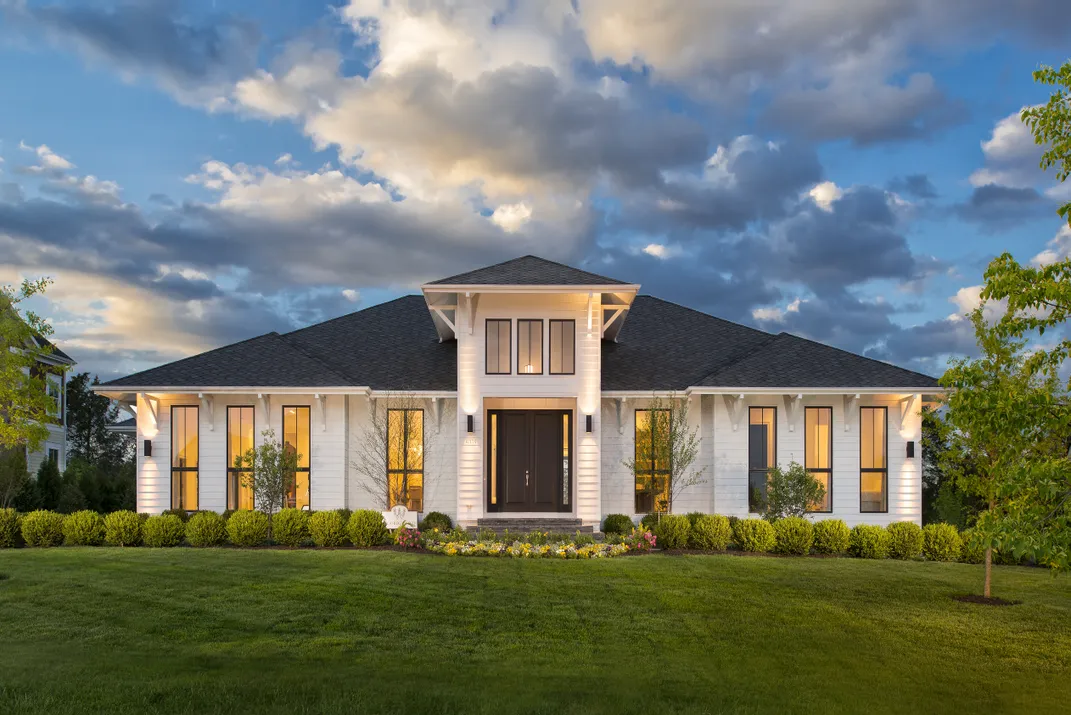

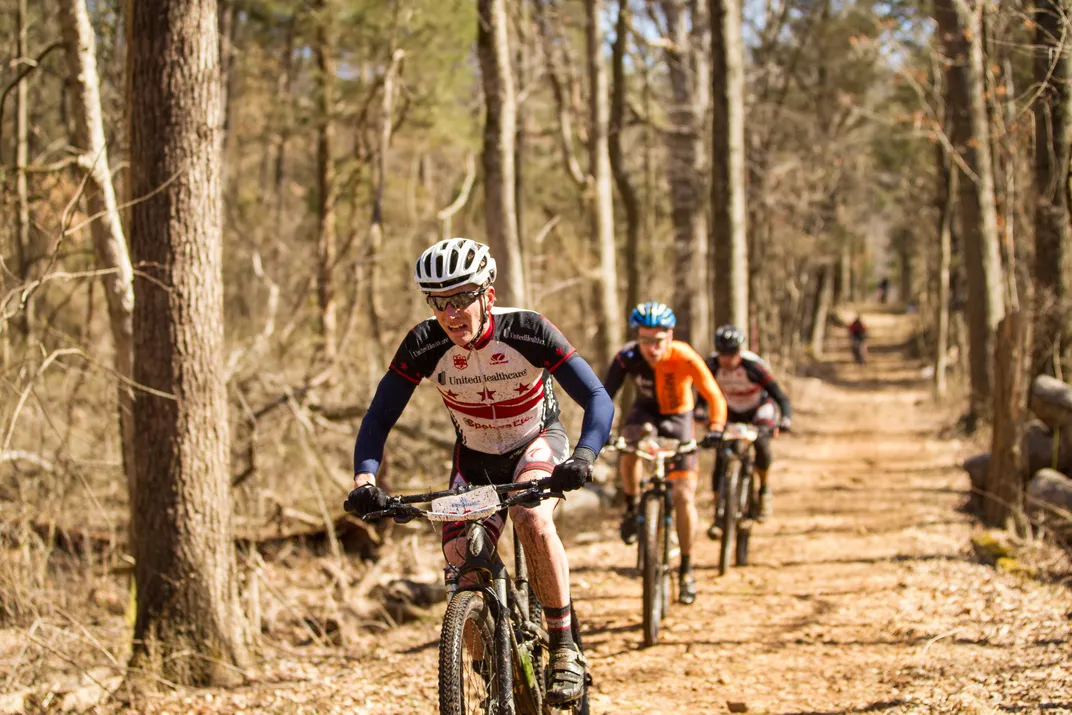
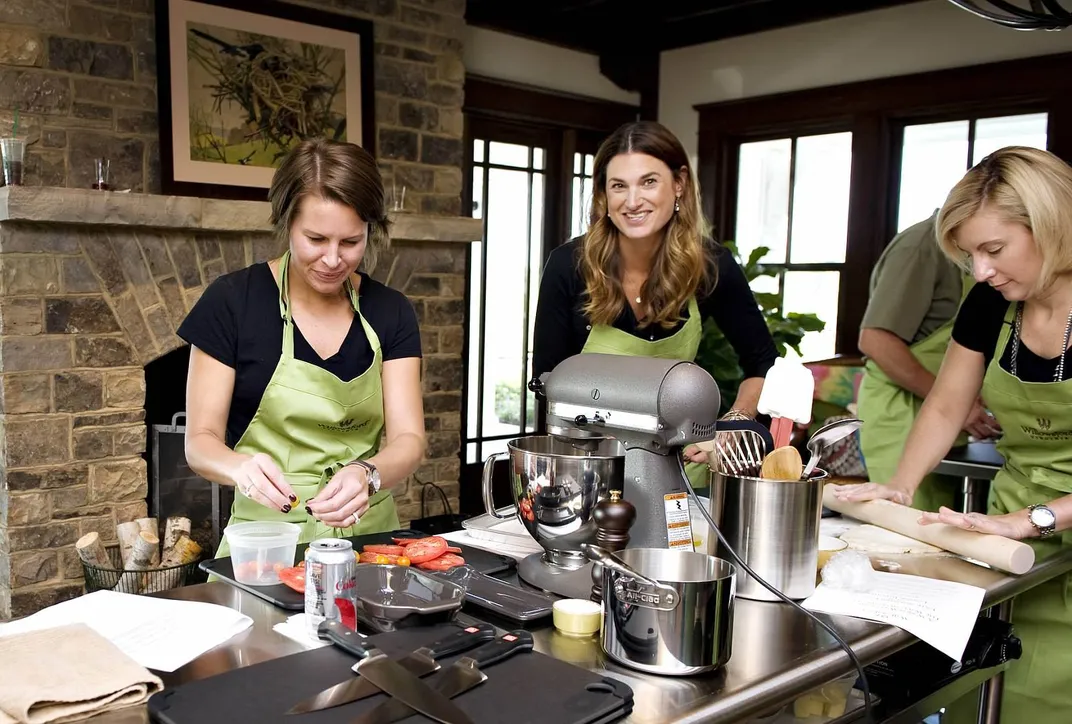

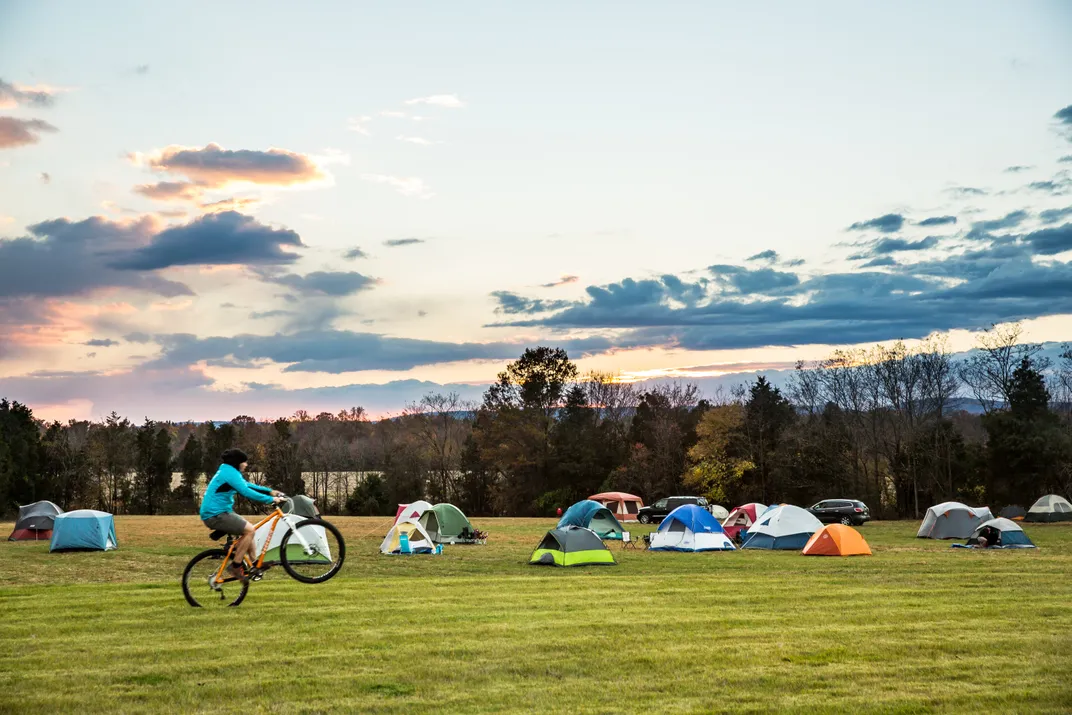
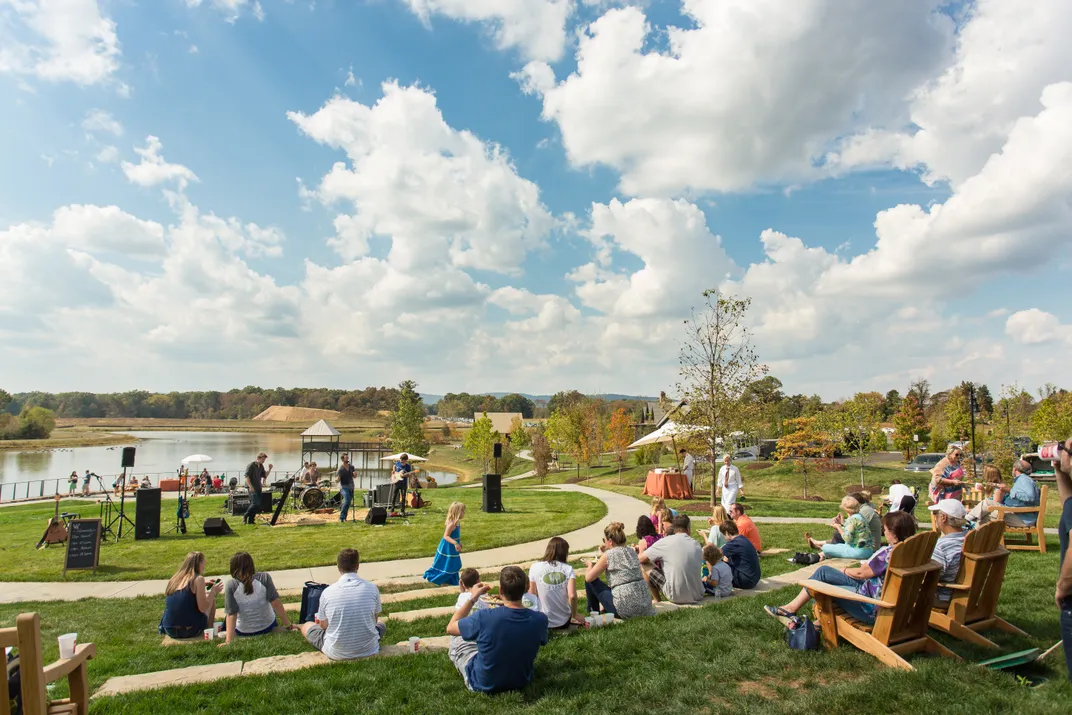
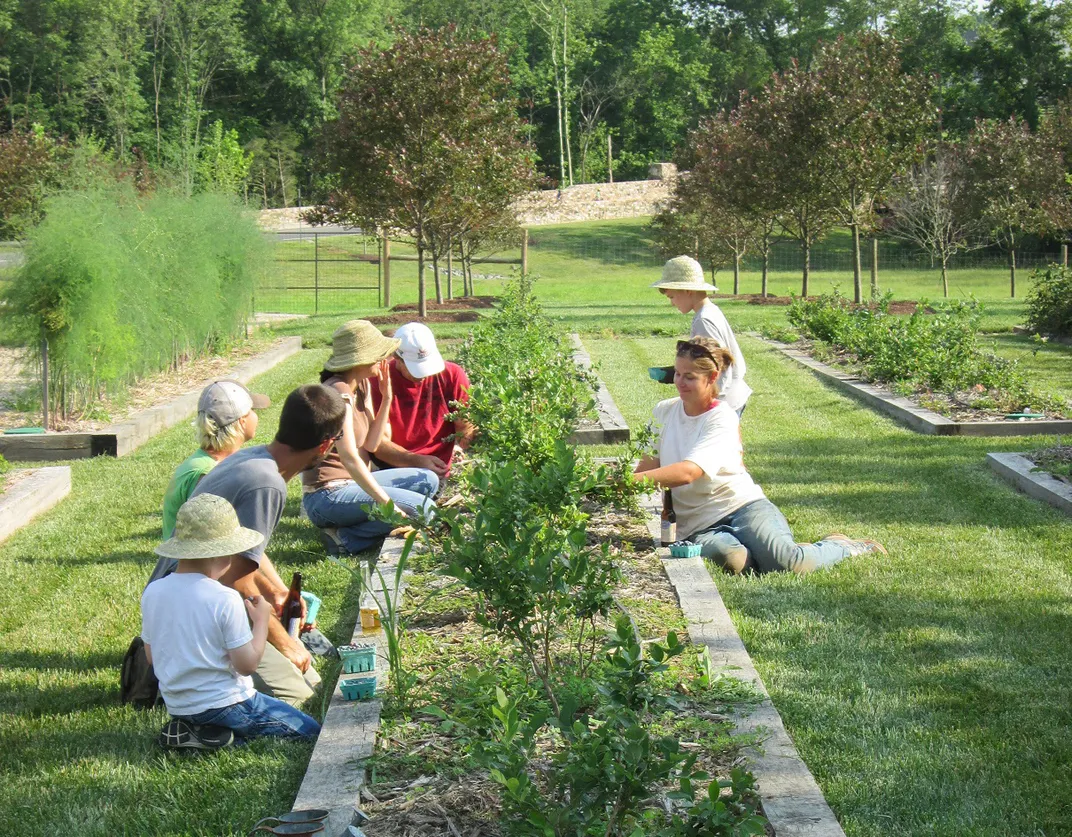
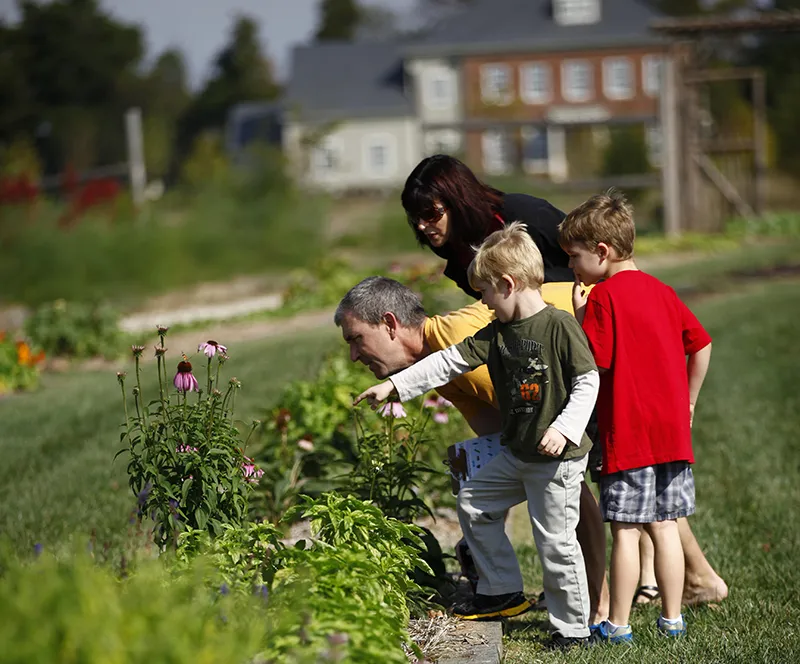
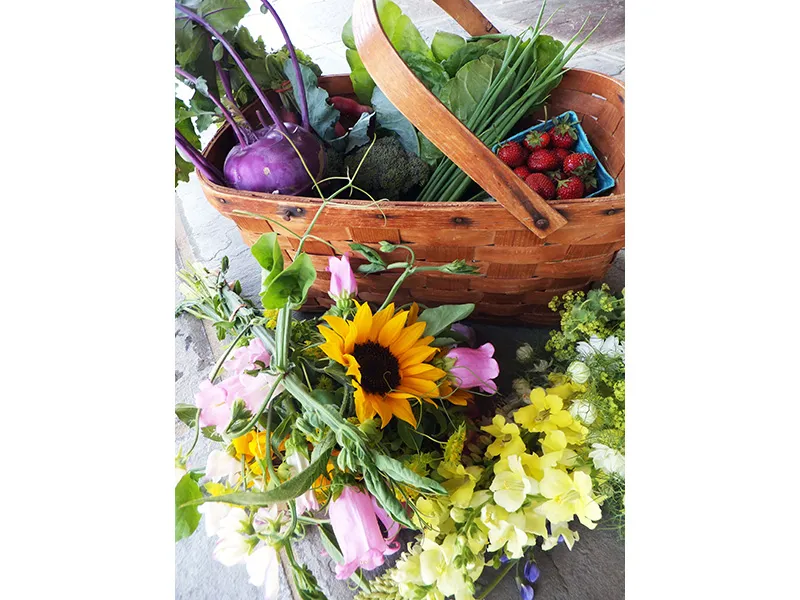
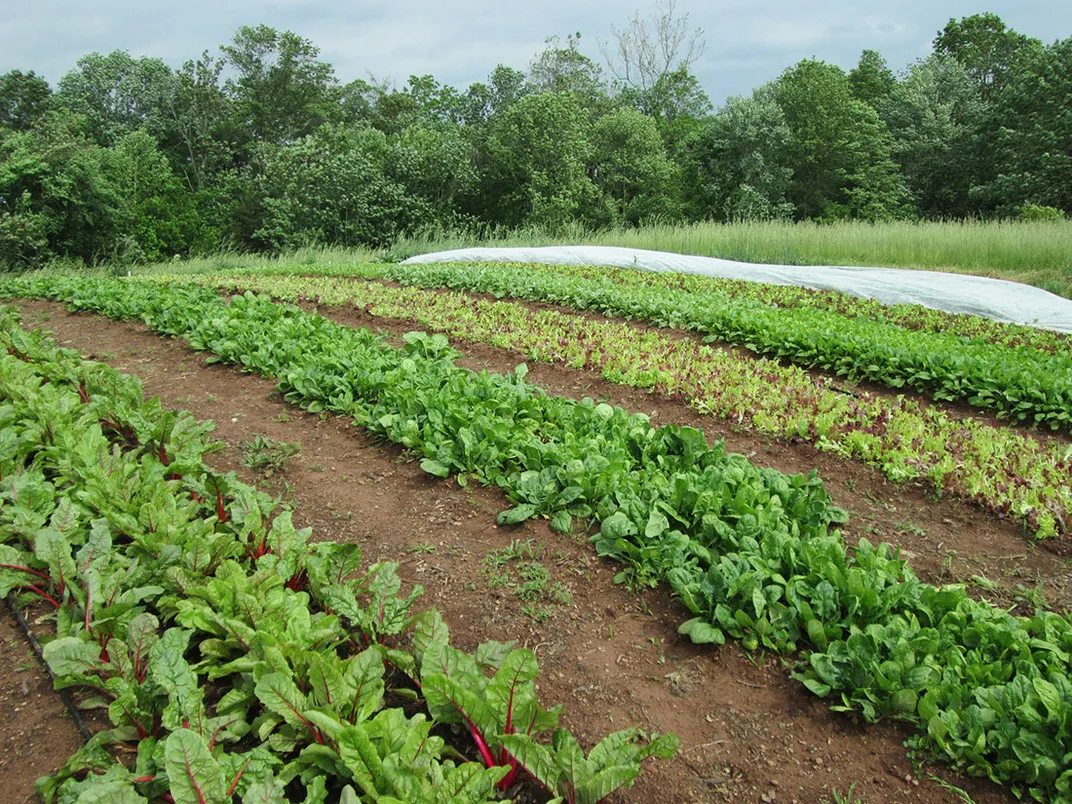

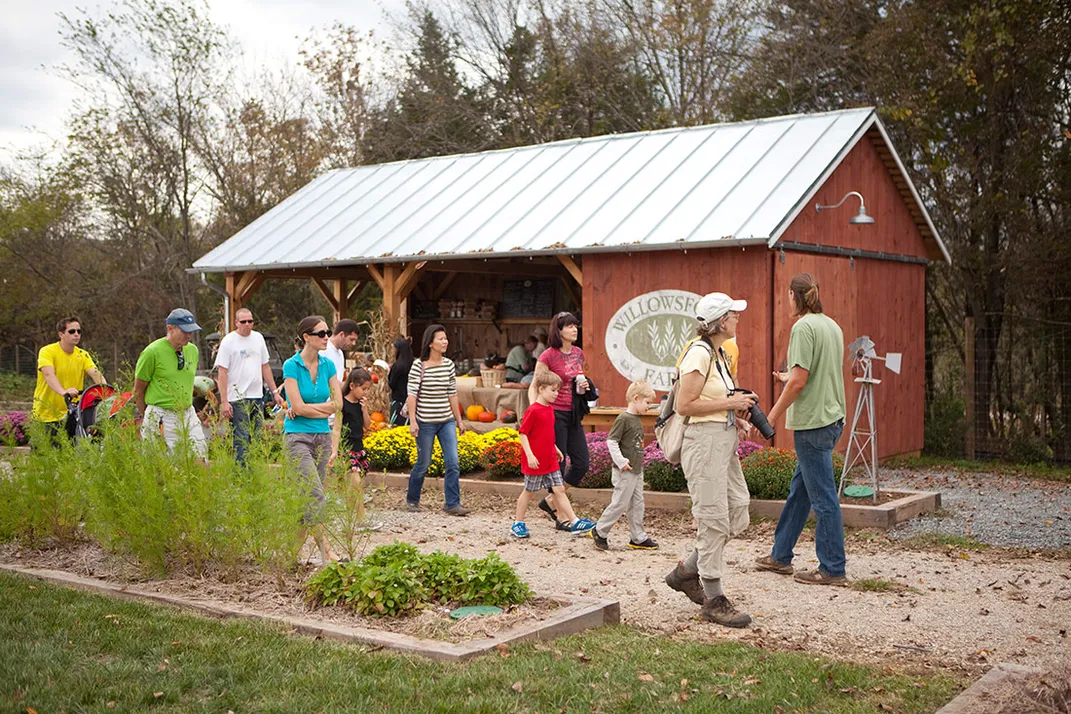
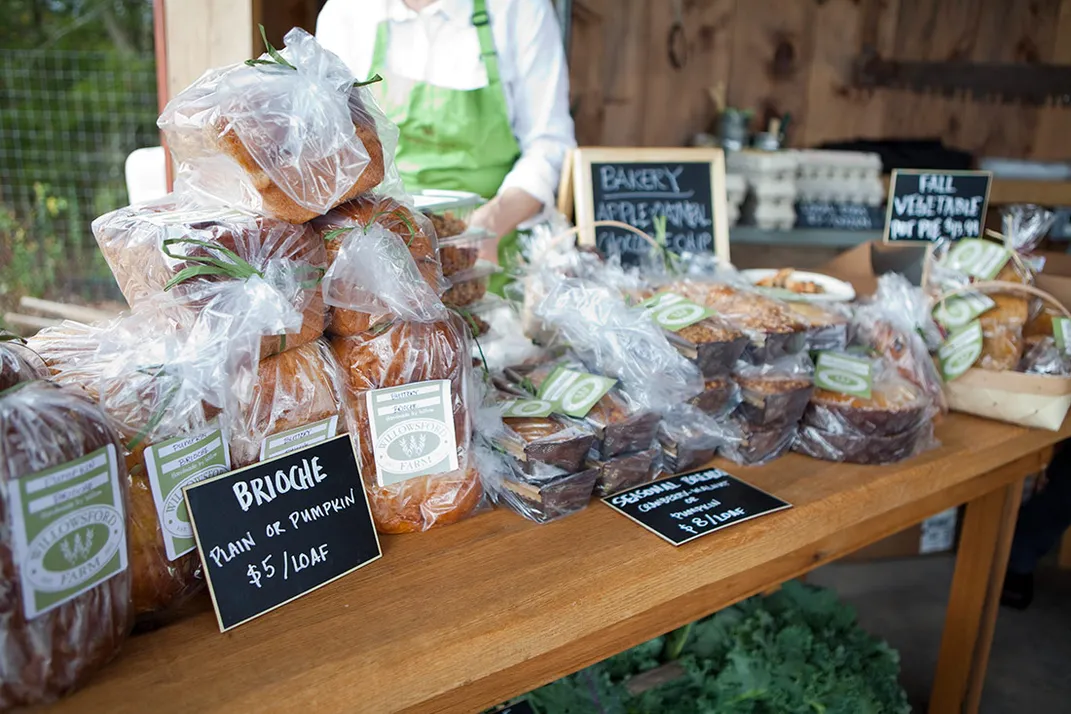
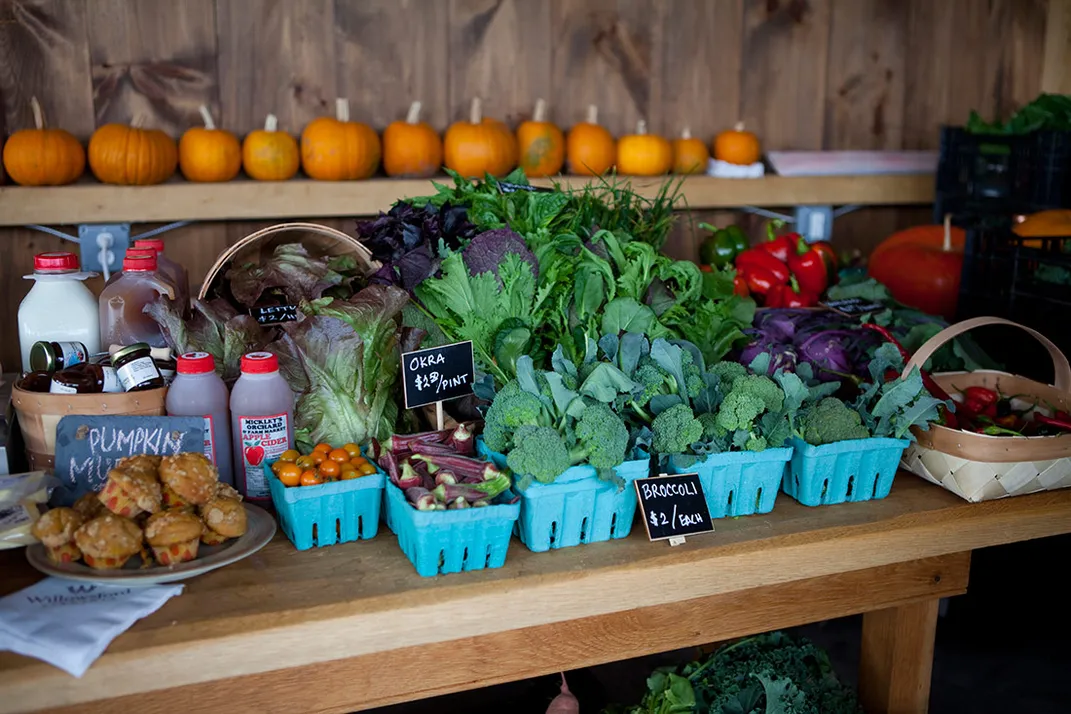
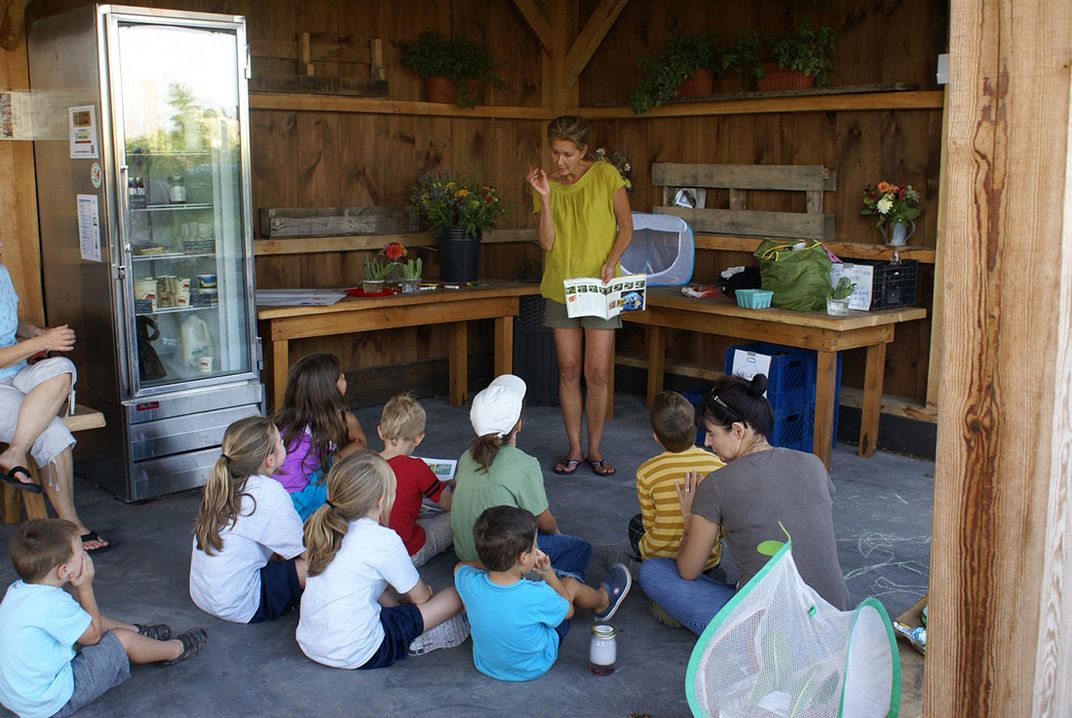
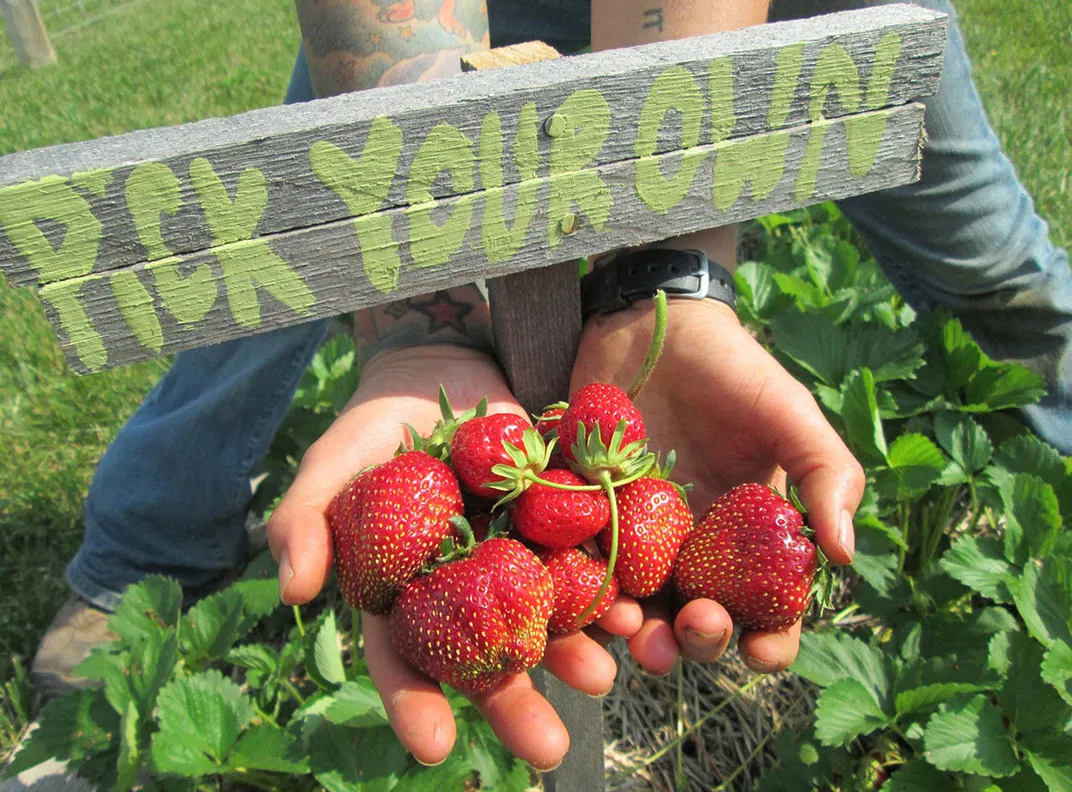
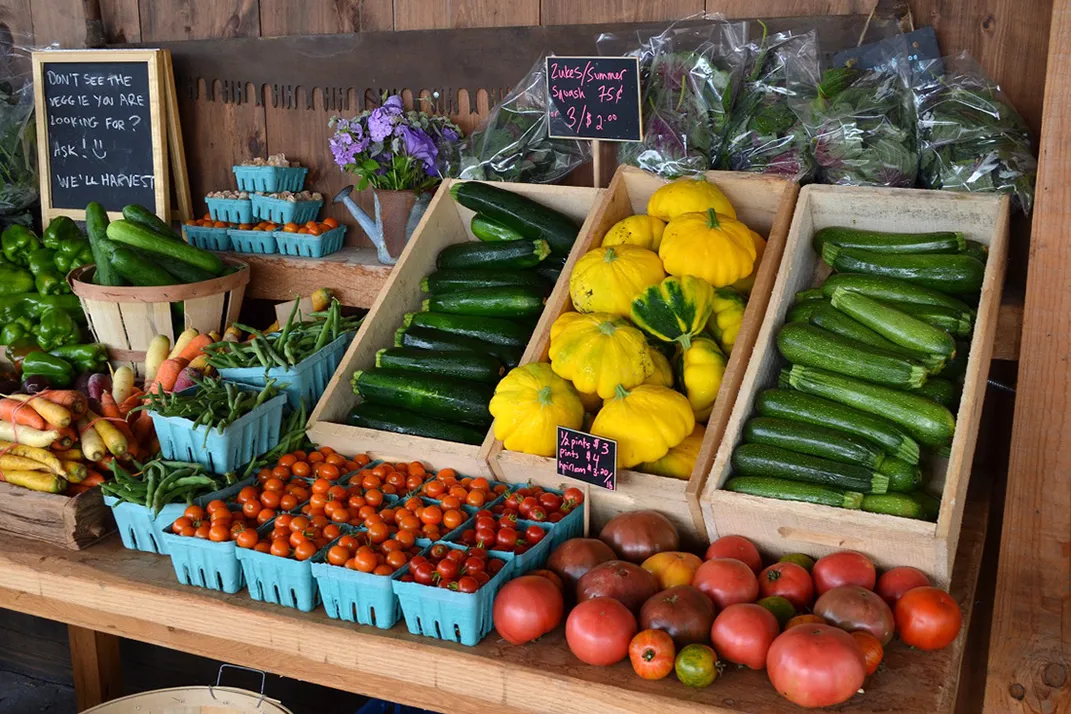
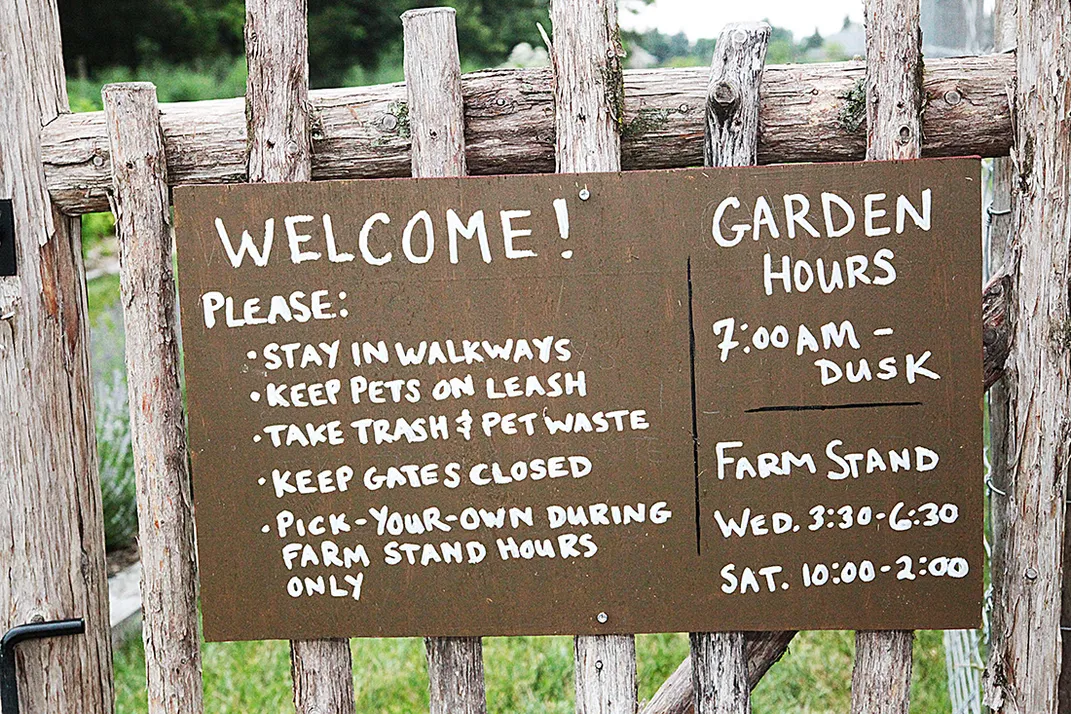
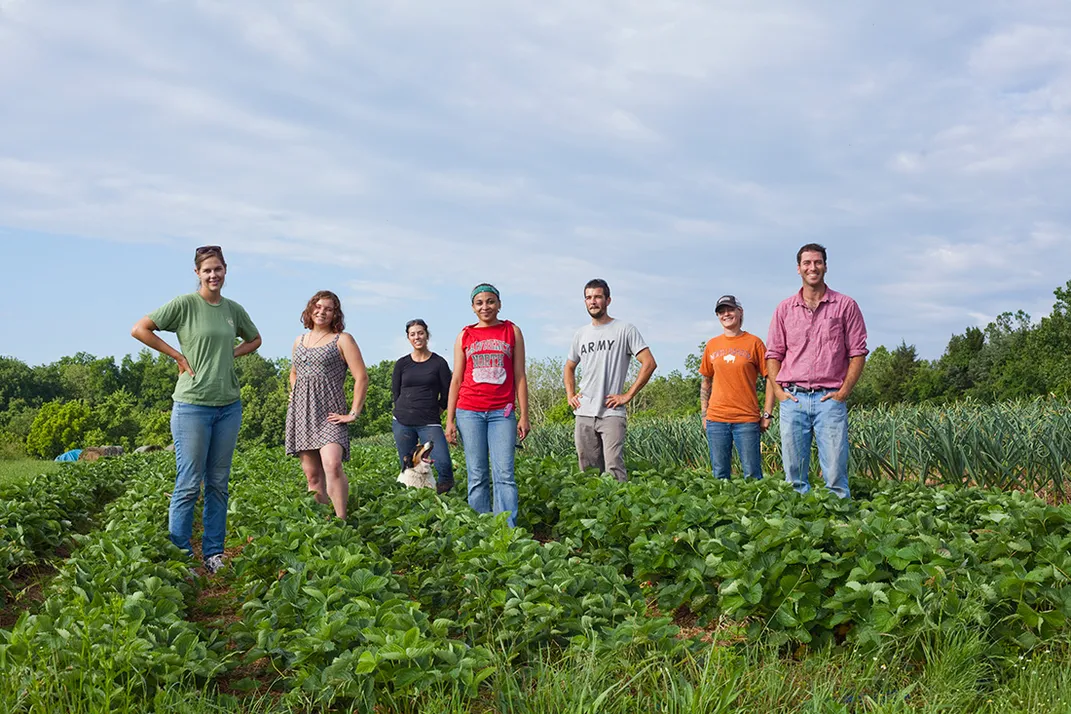
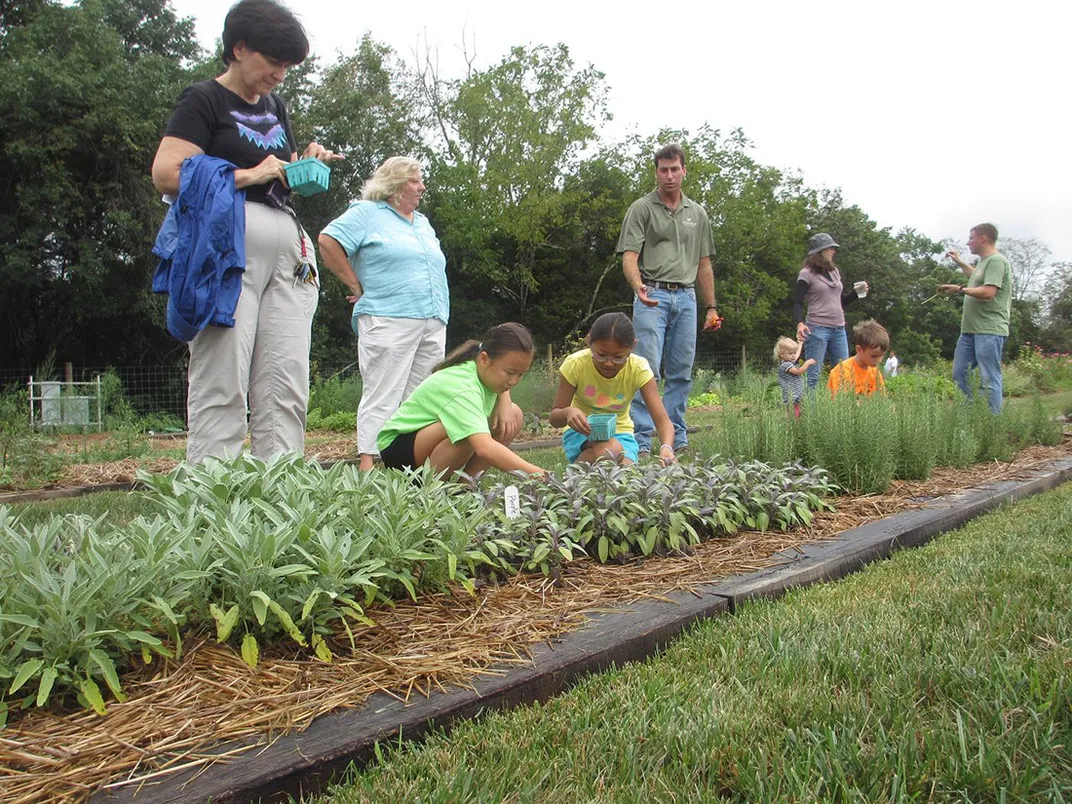
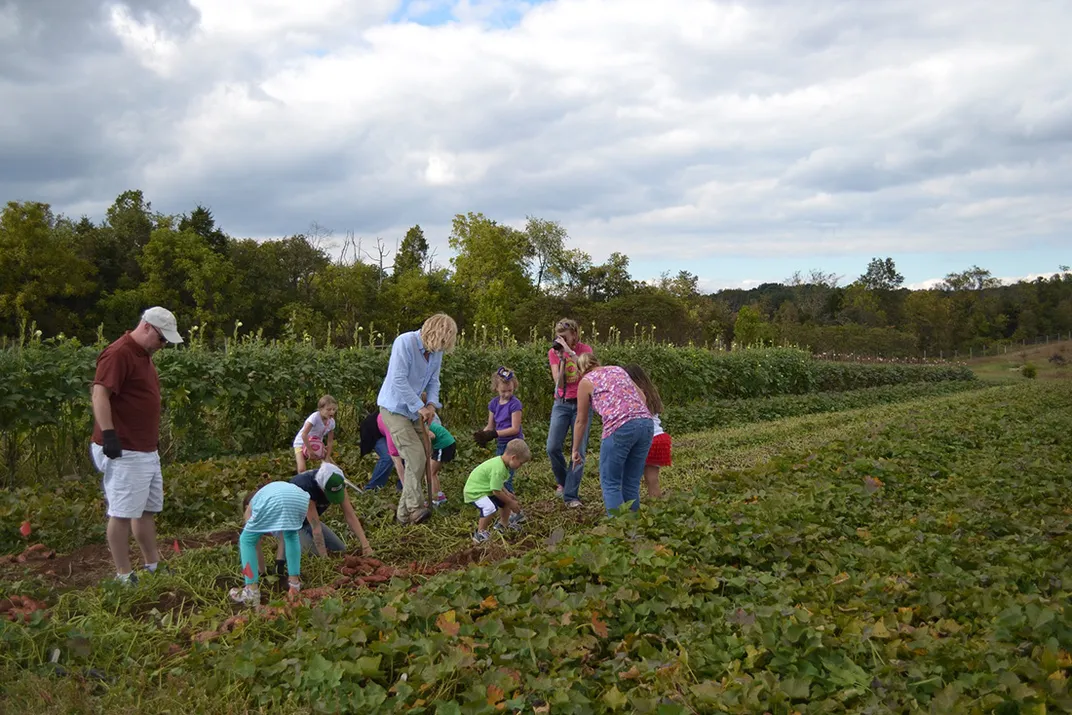
/https://tf-cmsv2-smithsonianmag-media.s3.amazonaws.com/accounts/headshot/shaylyn-headshot.jpg)